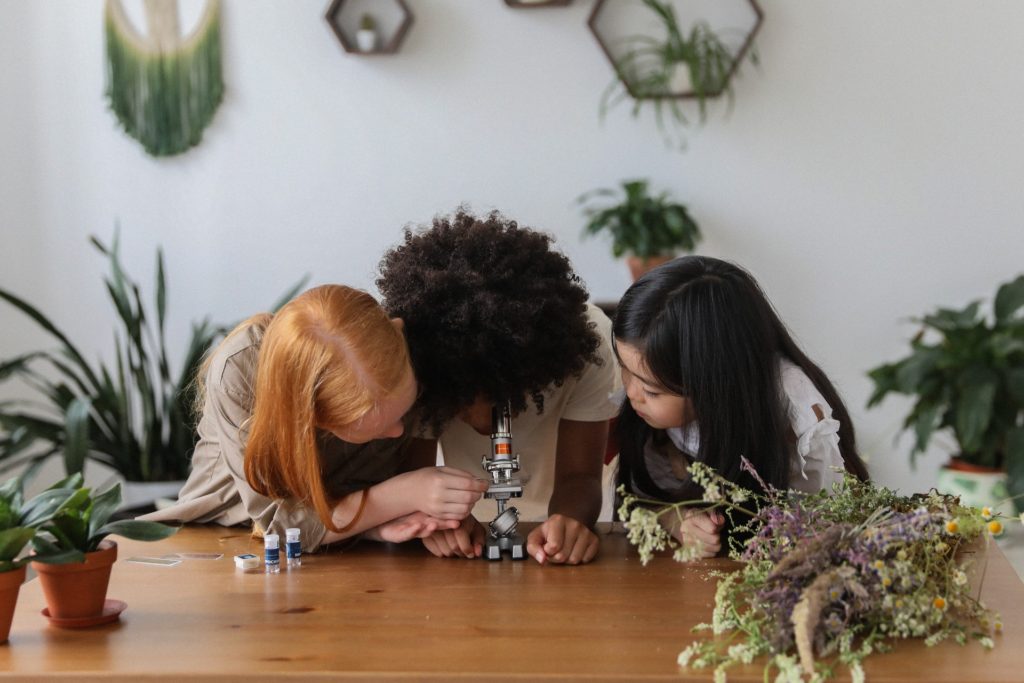
Post by the excellent Issy Ennever from our Blogger Team.
Dark matter – a mysterious and invisible force preventing the cosmos from flying apart, something we believe is keeping the very fabric of our existence together.
Radioactivity – the principle involved in the development of successful cancer treatments, the first of which provided hope for cancer patients against what was once considered certain death.
The invention of the first space station batteries – the very power that enabled humanity to take another giant leap towards the stars, towards the knowledge that lay at the beginning and end of the Universe.
Do you know what all these discoveries, all these pivotal points in human history, have in common?
They were all made by women.
The International Day of Women and Girls in Science on February 11th symbolised many things for many people. It was an occasion for everyone to rejoice at the strong female figures who dedicated their lives to growing our understanding of the world around us; to celebrate the women who followed their gut instincts even when everyone told them they were mad, who defied societal conventions to forge a pathway of discovery and creation, and who were brave enough to ask the questions others were too scared to voice. It was a day for passionate women to look past the immediate challenges looming in their way and be filled with that giddy, all-consuming hope that you can only feel when you believe. When you dream. When the women who came before you give you enough courage to create a vision for the future.
From Hypatia, the first female mathematician in the 4th century AD, to Jane Goodall, who dedicated around six decades of her life to living with chimpanzees, women have been positive figures of empowerment, resilience and justice within Science, Technology, Engineering and Maths (STEM). Women in STEM, both those who we read about in our textbooks and the ones quietly working in the background, have been some of the most crucial individuals in the historical fight for equality and fairness. While their achievements and success in establishing theories and determining truths are ones to be admired by all visionaries, it was their ability to identify and break down some of the barriers preventing women from pursuing their dreams in a male-dominated field that have made them beacons of light for young women like myself who also strive to uncover the mysteries of our universe.
Although STEM is still an industry afflicted by inequality due to gender stereotypes, a lack of resources and poor locational accessibility to STEM education, February 11th is a day to appreciate how far science has progressed because of women and to support the next generation of creative females ready to pick up where others left off.
Science is never about being the smartest person in the room – it’s about adaptability, curiosity and determination. It’s about being faced with an issue and looking at it from a unique perspective and not shying away from the big questions. As a young woman in a rural area, I see these qualities every day shaping critical thinkers and problem solvers. So let’s utilise the International Day of Women and Girls in Science to start a conversation with other young women about what we can do not only as individuals, but as individuals working in unity and harmony, to embrace the legacy other women in STEM have created for us.
Women like Marie Curie, Katherine Johnson and Caroline Herschel utilised high-speed atomic particles, intricate molecular structures and complex mathematical principles to smash through the glass ceiling of gender inequality. Acknowledging this, the International Day for Women and Girls in Science for me is a reflection on female power and strength, as well as the freedom that comes from accepting the endless potential that comes when you are brave enough to see a goal and work towards it.
Science often leads to radical and fast-paced changes to our fundamental knowledge and understanding, which for many is scary as the inability to conceptualise certain ideas makes people shy away from looking too closely. However, it prides me to learn that some of the biggest thinkers in history are STEM-focused women, and that by promoting inclusion through innovation, STEM may be the key to shaping humanity’s perspective about how we approach concepts we don’t understand. As spoken by Marie Curie, someone who embodied her passion and empowerment as a woman of science, “There is nothing to fear, only more to understand. Now is the time to understand more, so that we may fear less.”
Featured image by Gabby K from Pexels.

